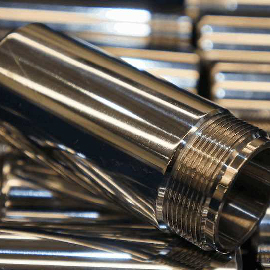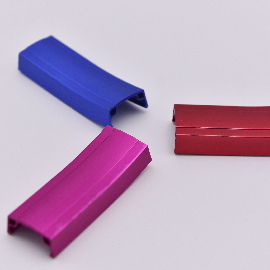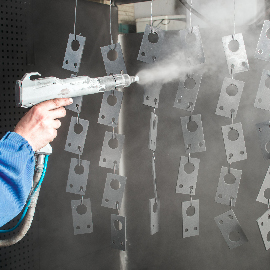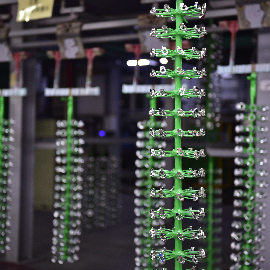PAINTING CAST ALUMINUM
Today, we’ll discuss one of the most used surface finishing methods of cast aluminum parts, painting cast aluminum. Surface finishing is an essential part of the process. Apply this knowledge in your next project and choose the right color, types, metal, and manufacturers for your company to make a sustainable and successful business.
Sunrise Metal provides a one-stop solution to aluminum die casting projects from start to finish. We also offer different ultimate surface finishing services for our customers. Feel free to contact us for any queries that you have regarding painting cast aluminum. We’ll be more than happy to give the answers to you.
Why Do Painting on Cast Aluminum?
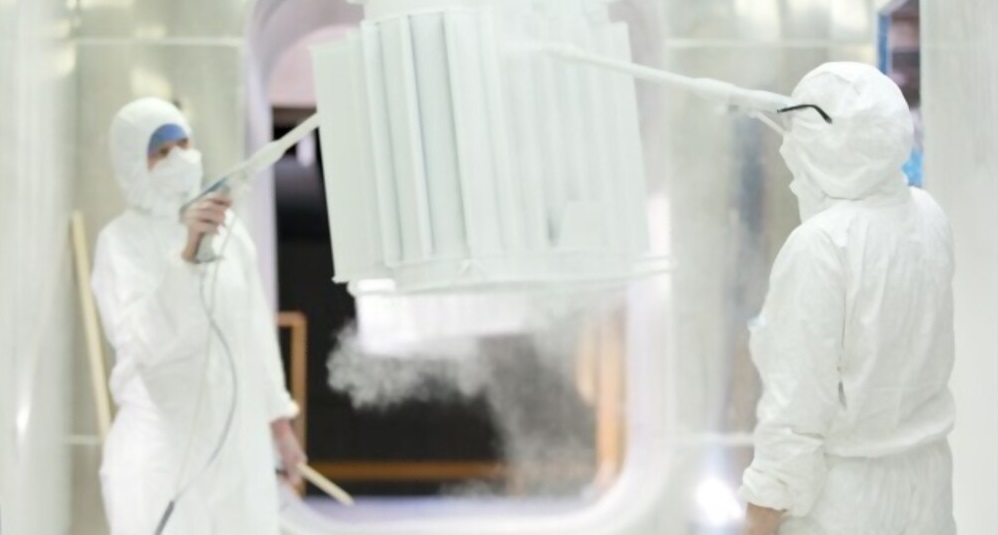
Like many other metals, aluminum can oxidize and be corroded over time. Although aluminum offers better performance on resistance when it comes to corrosion, it’s still not an entirely corrosion-resistant metal.
A quality surface finishing can be a great way to increase the corrosion resistance of this metal. Aluminum parts usually have a prolonged lifespan and can be used for years. However, surface treatment is necessary to avoid corrosion. When you apply a surface finishing, your parts become more resistant to corrosion and can perform better.
Painting is a great surface finishing choice. Other than making your parts more corrosion resistant and well-performing, one other reason for this is to enhance your parts’ appeal or appearance.
If your parts are made for use inside a machine and won’t be seen from the outside, you might not want to use this surface finishing. But if your parts will be visible from the outside and need to look appealing, painting is the best option for you.
Painting Cast Aluminum Process
Now let’s see the actual process of how we do the painting on your parts. The process is quite simple; however, it takes a lot of hard work to properly paint the metal and ensure a high-quality final product.
Here’s the step by step process we use:
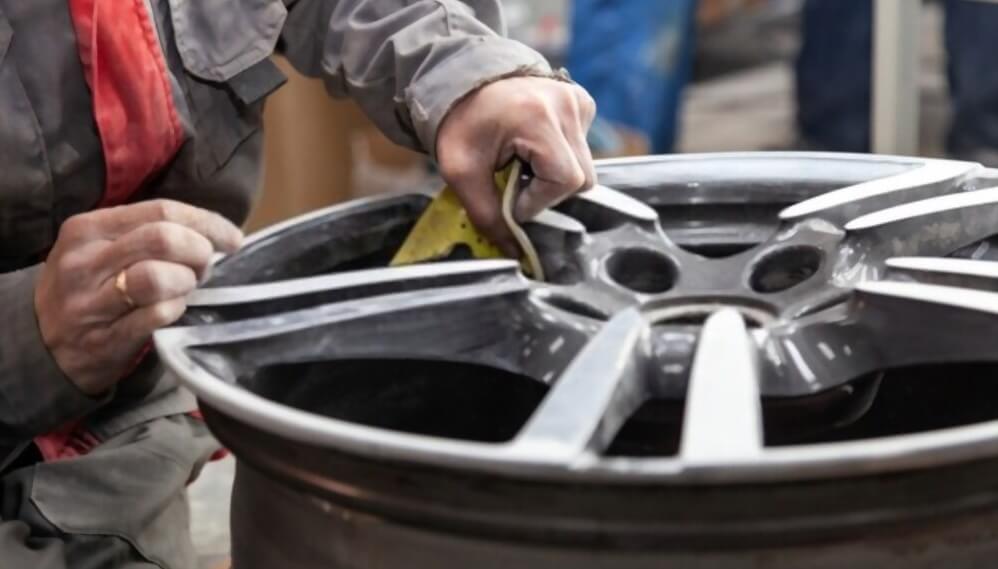 Cleaning the Surface
Cleaning the Surface
This is the most crucial segment of the process. Without cleaning the part’s surface, we can’t apply any finishing over it. As it can be negatively affected and we’ll need to redo the process once again on the same parts.
Often aluminum parts go through rigorous processes like die casting, milling or machining. These processes shape the aluminum part as per the requirements; however, they need to be cleaned thoroughly after the process.
For die casting parts, it’s necessary to make the surface and the edges smoother before applying paint.
And for machined parts, cleaning is even more necessary as it includes using lubricants or oils to make the machining faster. These liquids and chips extracted from the workpiece are vital to remove before the finishing process.
Here at Sunrise Metal, we use automated machines to clean the parts to make it ready for the surface finishing. Different types of automatic or manual methods can be used with various kinds of chemicals for cleaning. However, you need to ensure that the parts are super clean and free of any impurities.
Applying the Primer
Primer is an undercoat that ensures better adhesion of paint on a flat surface like aluminum. If we apply paint directly on the metal without using any primer. The paint layer might not stick to the metal and peel off soon after.
Primer prevents that from happening. And in addition to that, it also increases the corrosion resistance and prevents the metal from oxidation.
It’s better to use primers that are specially designed to use for aluminum metals for better results. Also, we need to apply it as soon as the cleaning and washing are over.
Primers can be applied in many different ways, such as with a brush, roll-on or sprays. Here at Sunrise Metal, we use automated robotic hand sprays to apply primer effectively.
Painting the Aluminum Casting Parts
Just like the primer, the parts can be painted in many ways. But here as well, using automated spray guns is the best option for a better result.
In this stage, you need to select your desired color and types and give the manufacturer clear instructions. If you’re unsure about the types of colors, you can ask your manufacturers for expert advice as it can be hard to choose.
Depending on the requirements, manufacturers apply multiple layers of paint on the surface. However, applying two or three layers at least is recommended.
Dry Off and Apply Sealer
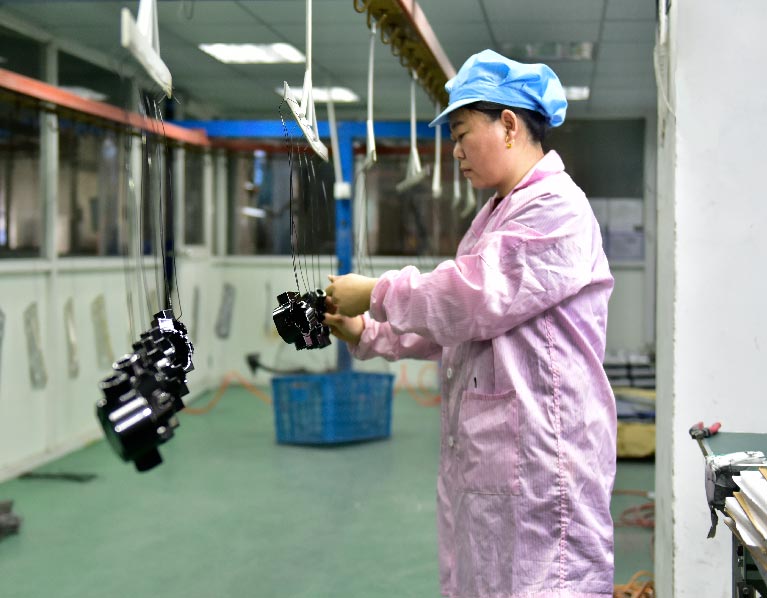
After the painting has been done, it’s required that the parts dry off completely. Before that, it’s not recommended to touch or apply anything because this can disturb the new painting layer.
When it is completely dry, manufacturers apply a sealer over the paint. It allows it to be more shiny and smooth and make the paint more long-lasting on the aluminum surface.
Can You Spray Paint Over Powder Coated Aluminum?
Before we jump into any more details, let’s be clear on what is powder-coated aluminum.
Powder coating is another surface finishing method that is very popular as well. In powder coating, instead of liquid paint, the specialized powder is used as a finishing on the surface.
Generally, powder coating is a stand-alone finishing and you don’t need to apply another type of coating over it. However, when the powder coating is damaged or chipped, you need to repaint it.
The reason is that, when it’s damaged or chipped, the color will fade away soon. But luckily, manufacturers can repaint over the powder coating instead of peeling the coating and doing it again.
The painting process remains the same as we discussed above. However, the cleaning process is more rigorous than before because you don’t want any disruptions or flows in the final version.
Manufacturers had to sand the coated surface, clean and wash it thoroughly before applying primer or paint over the parts.
The reason why sanding is necessary is that the surface will be very smooth or slippery. Sanding will increase the adhesion and make sure the paint sticks well.
Other than that, it’s possible to strip out the coating entirely and wash it before applying paint on the aluminum directly. But that’s a lot of work and time-consuming as well.
Types of Colors
Choosing the best color for your parts might be easy, but choosing the right paint type is more important for your project as you don’t want to choose a paint that’s just available right now and regret it later. You need to find out and apply the best paint that suits your needs and go with your parts.
There are two main types of paint used in painting cast aluminum, water-based paint and oil-based paint. If you’re new to this, you might be thinking, what’s what, right?
The key difference
All paints have liquid components as one of their main ingredients, which evaporates as the paint dries. The liquids can be oil or water. The oil-based paint contains mineral turpentine and the other one has water in it mostly.
Comparison
If you’re worried about which paint type you should choose for the project, this comparison below might help.
VOC
Compared to water-based paints, oil-based paints release a much higher proportion of VOCs into the air. The VOCs are harmful to the environment and human health too. If the place where it’s been occurring has a low ventilation system and airflow, this can cause headaches, nauseous and other issues for people nearby.
On the other hand, water-based paints contain water as their main ingredient, so it has very low VOCs to release, which makes it an excellent choice for the environment and humans as well.
Glossy Level
If you’re looking for long time glossy paint, water-based paint can be the best option for you. Because oil-based paint can achieve a higher level of glossiness initially, it fades away over time.
Durability
Oil based paint has excellent resistance against wear and tear. However, because they dry very hard and over time, they seem to crack or peel off the surface. And as water based paint has greater flexibility and dry softer, it doesn’t have that problem.
Now because of the technological advancements, water based paints are also resistant to wear and tear, almost like the other one.
Application
Water-based paints are UV resistant and prone to weather, which ensures better lifespan and application for this paint. If you’re using the cast aluminum parts for automobile, marine or other outdoor applications, you need to go with water based paint.
Advantages of painting
If you’ve never done it before, you might ask what’s the benefit of painting. Well, let’s see.
Improve the appearance
Appearance is one of the key factors when you’re using the metal in a visible application. Like if your aluminum part is for an automobile and it’s visible from outside, you’d want it to be more appealing.
The painting will ensure you get the desired color and your part looks good from the outside.
Better Lifespan
If you compare the lifespan of two cast aluminum pieces, one is painted once in a couple of months and one that hasn’t been painted over the years, you’ll see that there’s a huge difference in the lifespan of these two items.
Aluminum has a great lifespan in general. But having a quality finishing will enhance the quality and make it more resistant to weather, corrosion, and oxidation, which will increase the overall lifespan even more.
Prevents Corrosion and Rust
Rust and corrosion both are the enemies of any metal. If you don’t treat the metal wisely, it will be affected by those. Luckily painting prevents the aluminum from being affected.
Increases Productivity and Performance
If you paint an aluminum machine or parts, you’ll see an increase in productivity. As we mentioned above, aluminum can corrode or oxidize like any other metal, and when it does, it will decrease your parts’ performance.
For instance, if your metal engine gets rusted, it will have a lesser performance than a painted and healthy machine.
Better Finishing
There are many finishings available. Based on the requirements and part types, you shall choose the right one for your project.
Medical, aerospace, automotive or other industries like this need the parts very smooth and strong. Painting can deliver just that.
Less waste
The HVLP / high volume, low-pressure strategy allows manufacturers to complete the finishing with minimum or no waste. This ideal method ensures that we are done with the painting with a minimum cost for the customers and less raw material.
Efficiency
If your parts are large and have a wide space, painting can be the best option for you. Because in any other method, you’ll need to have more time invested in the finishing process, based on your part’s size and volume.
However, the painting process, it’s fast as we use our robotic spray technology to make the process quicker and reduce the lead time for our customers.
Painting Aluminum Patio Furniture
Other than industrial parts, painting finishing has additional applications in our everyday life as well. For instance, aluminum patio furniture is a widely used product that often needs repainting.
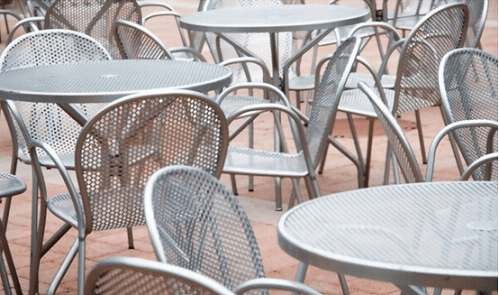 People love them because of their sharp look, outstanding strength, lightweight and the comfort it offers. Among the metal furniture industry, aluminum patio furniture is by far the most favorite among buyers.
People love them because of their sharp look, outstanding strength, lightweight and the comfort it offers. Among the metal furniture industry, aluminum patio furniture is by far the most favorite among buyers.
Once in a year or a couple of years, you’d want to repaint the furniture to make it new and shiny again. Because as you know, aluminum metals are not entirely corrosion or rust-resistant.
Painting these isn’t a tough thing to do. All you need to do is follow the process of painting step by step, as discussed above. The painting process of any aluminum parts or furniture remains the same.
However, there’s one thing you need to be careful of. You can’t use the same paint for all kinds of aluminum metals. Generally, you’ll find the paint that is designed for metals that are for indoor use.
For outdoor use products, like garden chairs, park benches, you’ll need to buy the paint specially made and labeled for outdoor metals.
How to Improve the Painting or Avoid Painting Defects?
Manufacturers often put more effort into producing the parts rather than this process. However, the part can become less useful without a proper surface finishing. If you’re using these parts for critical applications like in marine, aerospace or medical industries, you can’t take chances.
You need to ensure that your parts are well produced and the finishing is up to the mark. To ensure this, you’ll need to choose the right manufacturer capable of meeting your requirements.
There are certain factors that manufacturers need to be very careful to avoid any unwanted situations.
One of these can be avoiding any of the steps from the painting process—especially cleaning. If the surface isn’t clean completely, the finishing will not be as per your expectations. The paint will peel off or chip soon after or bubbles might be seen on the surface.
If your parts already have a finishing, and you need to apply paint over the last finishing, your manufacturers should sand the workpiece well to make it less smooth and increase the adhesion.
The next thing your manufacturers should be mindful of is that they should apply the primer on the workpiece as soon as they are clean and washed. Because delaying to apply primer can lead to oxidizing the aluminum metal.
One last thing to remind them is to choose the best paint types available and suitable for your particular part.


